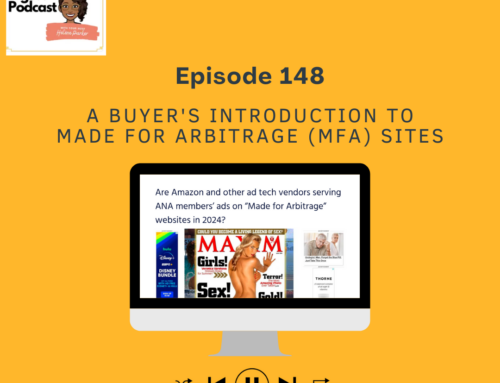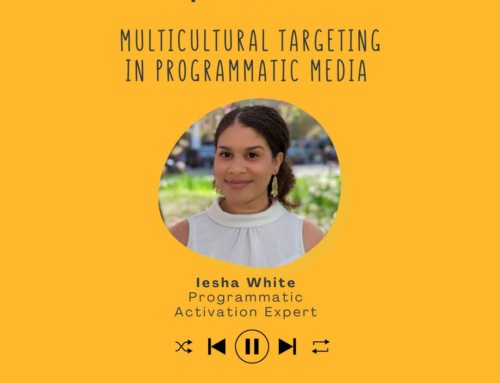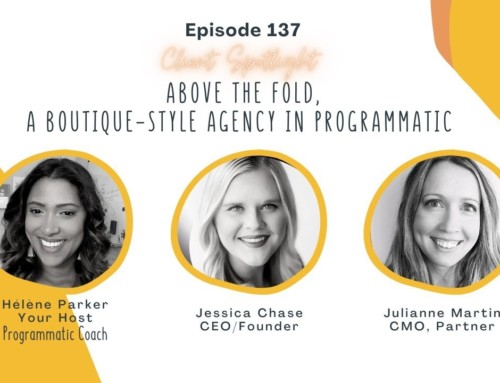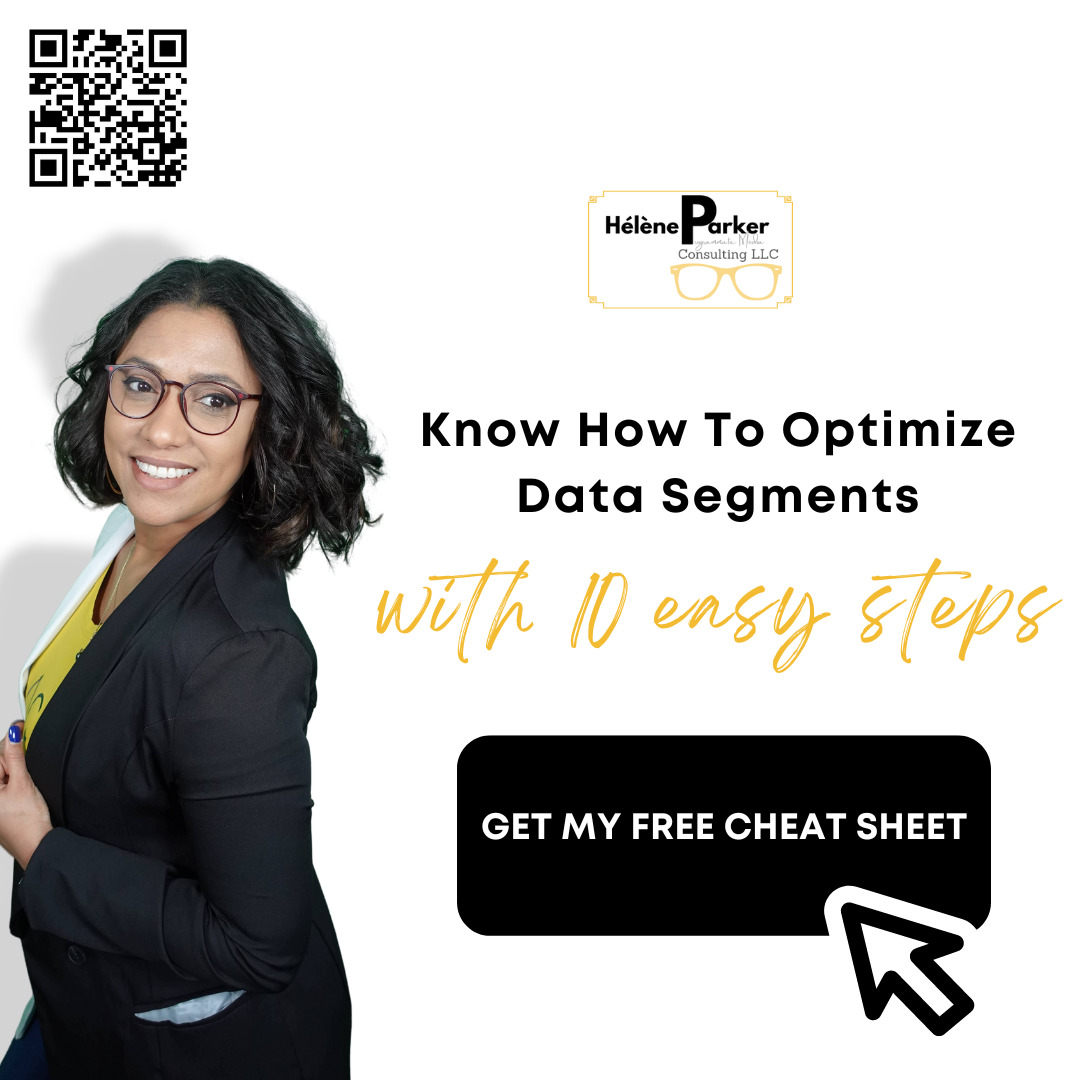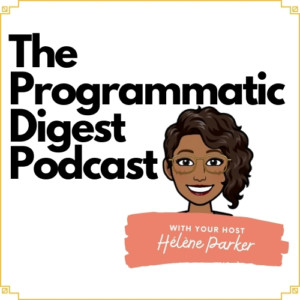Contextual Targeting 2.0 With Sean Burke
Summary:
In the Sensei’s Corner, we welcome Sean Burke from Teads.
This week, we discuss the following articles:
- ‘It’s a balancing act’: Media buyers want contextual targeting features to evolve further
- Smarter Contextual Targeting Is Media Brands’ Weapon Of The Future
- The Grim Future Of An Open Web Devoid Of User Tracking
- Teads links up with Moat to offer billing only on 100 per cent viewable ads
Sean is a Senior Sales Manager with a strong background in digital and programmatic media, ad tech, native advertising, video, social and publisher direct sales. He is truly a mastermind in our industry with a history of driving successful new business partnerships and growing revenue with some of the largest marketers in the world.
LISTEN, LIKE, SUBSCRIBE, COMMENT, SHARE!
Shownote:
Article #1: ‘It’s a balancing act’: Media buyers want contextual targeting features to evolve further by Jessica Davies
The goal: to explore ways that contextual targeting can be applied in a way that doesn’t dumb down what has been achieved from acute audience targeting tactics used for addressable media, like behavioral advertising. But doing so in a way that avoids the risk of falling foul of data protection law or being at the mercy of any future anti-tracking changes from browsers. Contextual targeting is centered on the environment in which an ad appears, rather than individuals’ inferred intent to purchase an item or click on an ad or content based on their former, online behavioral patterns.
Here are some of the more advanced features we want to see:
Digging beyond the individual site and page information or categories of sites but rather into the tone in which an article is written in, the words themselves and images on a page, or perhaps even a specific paragraph.
Article #2: Smarter Contextual Targeting Is Media Brands’ Weapon Of The Future written by Alessandro De Zanche in AdExchanger and “The Sell Sider”
Contextual advertising capabilities need to be upgraded and refined, applying the same level of granularity and intelligence deployed toward the collection and processing of user data. We must move the focus from the user ID to the content ID – meaning a unique ID assigned to a single piece of content, such as a page, video or sound file – as a building block of taxonomy and portfolio of contextual segments.
By treating the content ID in the same way we would approach a user ID, we can create personas built on artificial-intelligence-detected navigational patterns, sequences and outcomes; certain patterns, for example, could lead to higher engagement with certain products or conversions.
Intensity of behavior, the time of day, day of the week and broader seasonality, such as holidays or sporting events, should also be added to the picture, along with geolocation, if available and if users give consent. User-level data points otherwise used for audience targeting could be turned into content ID data points, such as how many men vs. women visited a content ID.
Article #3: The Grim Future Of An Open Web Devoid Of User Tracking by Paul Bannister in Sell sider and adexchanger
We’ve been hearing how Browser are updating their user privacy (Firefox, Chrome, Apple) In many cases, the loss of these technologies will deprive publishers and marketers of features such as user targeting, frequency capping, attribution tracking, and even basic web analytics. There are some innovations, or old ideas made new, being positioned to solve for these issues, including contextual targeting, logged-in users, IP-based targeting and Apple’s Privacy Preserving Ad Click Attribution – and much more is needed.
Some other effects include declining traffic and revenues for publishers and eCommerce sites alike, For publishers in particular, CPMs have been cut significantly for Safari browsers, decreasing the overall value of that audience. These issues cut across programmatic and direct deals due to the extremely limited targeting capabilities and the lack of any frequency capping or attribution metrics.
Article #4: Teads links up with Moat to offer billing only on 100 per cent viewable ads by Tyrone Stewart
Video advertising firm Teads has collaborated with Oracle Data Cloud’s Moat to launch a product which enables advertisers to set their own viewability standards and only get billed when those standards are met.
Teads will auction off 100 per cent viewable impressions at the viewability requirement set by the advertiser for all viewable CPM (VCPM) and cost per completed view (CPCV) buys. Any impressions not meeting the selected benchmark will be offered as free media.





